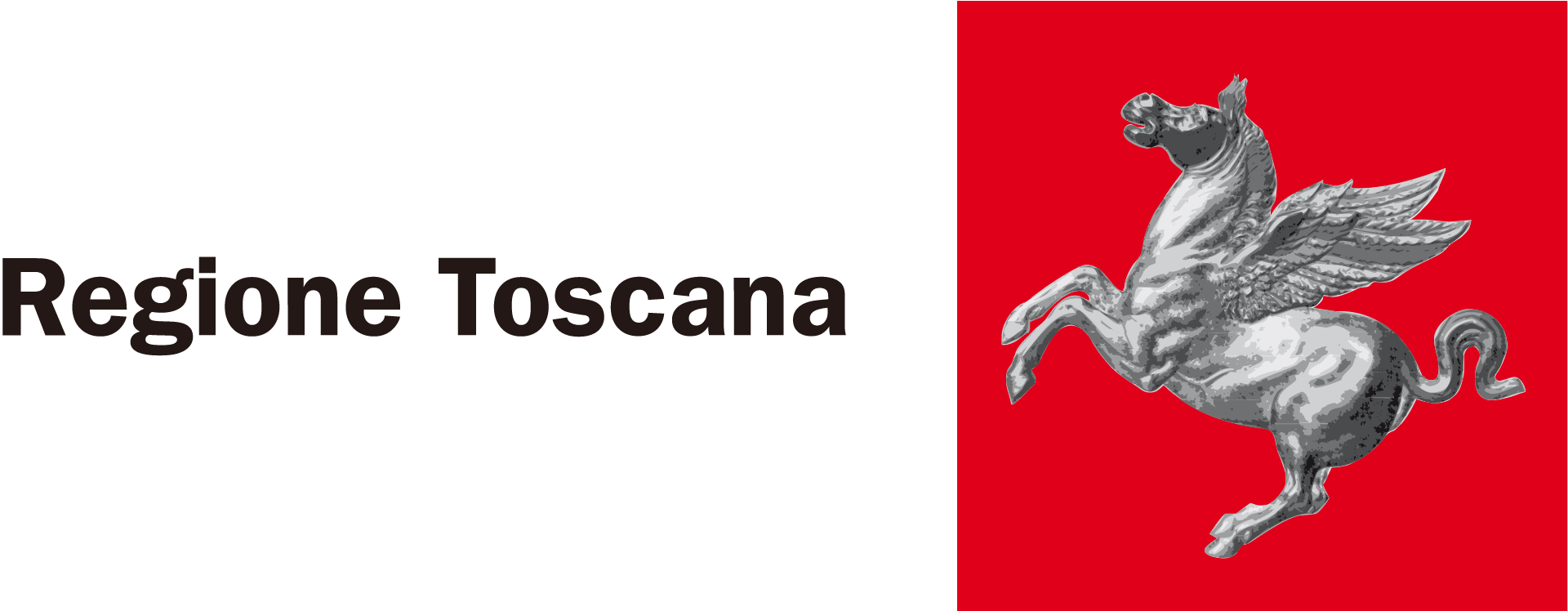The 2013 Report on the Tuscan rural system was meant to be different from the previous ones, as it attempted to offer a wider, more structural picture of Tuscan agriculture and rural environment, by focusing on its fundamental components (its strengths and weaknesses), on the critical issues that might undermine it in the near future, and on the opportunities to meet the arising challenges in time. The year 2013 has been especially important as decisions were made about the strategies and measures to adopt for the next phase of the Rural Development Program (RDP) 2014-2020. The Tuscany Region has undertaken a participatory effort to identify the most appropriate key areas and policy responses, effort aimed at involving all the associations and authorities concerned, obviously working under the restrictions imposed by Bruxelles. The European Commission, in fact, provides the guidelines for the drafting of RDPs, distinguishes the main key areas of intervention, and sets the resource ceilings at national and regional levels, leaving less room for discussions and decisions. In other words, the 2013 Report’s ambition is to offer a first introduction to the priorities of agriculture pinpointed by the European Commission, and to the ways these were put in place at regional level. The drafting of the RDP also constitutes an opportunity to take stock of the situation of Tuscan agriculture, which represents not only a excellence sector, but also a modality of safekeeping and preserving the territory. In addition, given their relevance for the new planning, the 2013 Report expresses a point of view on the issues related to innovation, climate change and environmental protection. The analyses presented here – apart from the cyclical analysis of the introductory part – employ the 2010 data drawn from the 6th Agriculture Census. The framework resulting from the last Census shows that Italian agriculture is going through a transition stage in which, besides the restructuring due to the further reduction of farmed areas, the increase of firms’ average size and the shrinkage of salaried workforce, there are also clear signs of a productive differentiation and reorganization of supply chains. Tuscan agriculture is certainly part of this process, but presenting a few regional specificities that this Report has tried to take account of.
© IRPET, Febbraio 2014
ISBN 978-88-6517-056-4
Autore: a cura di Simone Bertini, Giaime Berti, Fabio Boncinelli e Sara Turchetti









